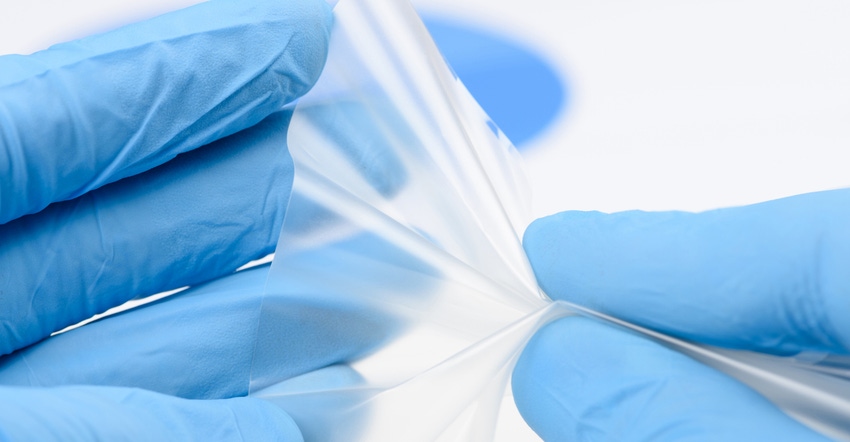Bioplastics in Medical Device Packaging: Yea or Nay?
Weigh the pros and cons before sourcing bioplastics for the packaging of your medical device.

Developing products that are sustainable is of utmost importance to many medical device companies. When it comes to packaging, companies as large as Medtronic are doing their part. For instance, Medtronic is exploring single barrier packaging as opposed to double barrier packaging for some of its products to reduce packaging’s weight and size.
Using bioplastics in medical device packaging would seem to be a reasonable next step. While used in many implant applications, bioplastics’ use in medical device packaging is still nascent. There certainly are benefits, but drawbacks exist too.
Here are three pros and three cons of using bioplastics in medical device packaging.
Pros of using bioplastics in medical device packaging:
1. Renewable energy sources: Unlike petroleum sources of conventional plastics, bioplastics can come from renewable energy sources, creating less environmental strain.
2. Biodegradable or compostable: Bioplastics can be biodegradable or even compostable, reducing the amount of waste that goes to landfills.
3. Lower toxicity: Potential leach products from packaging made from bioplastics will likely be less harmful than those from conventional plastics that contain additives known to be detrimental to human health, such as bisphenol-A (BPA).
Cons of using bioplastics in medical device packaging:
1. Limited availability: Bioplastics are not yet as widely available as conventional plastics, which can make them more expensive to produce and use for medical device packaging.
2. Potential durability issues: As they are more biodegradable than conventional plastics, there may also be issues maintaining a packaging shelf life that companies and end users alike have grown accustomed to. In addition, sterilization processes may produce negative effects for bioplastics packaging.
3. Processing challenges: Bioplastics may require different processing techniques than conventional plastics, which can make them more difficult to work with or require additional resources to manufacture. Different processing techniques may come with additional costs that some may not want to bear.
Overall, while there are potential environmental and safety benefits to using bioplastics for medical device packaging, there are also some challenges to overcome. Ultimately, though, it is likely that packaging professionals will continue to look into bioplastics for medical device packaging as companies examine ways to decrease their environmental footprint and be more resourceful.
About the Author(s)
You May Also Like




